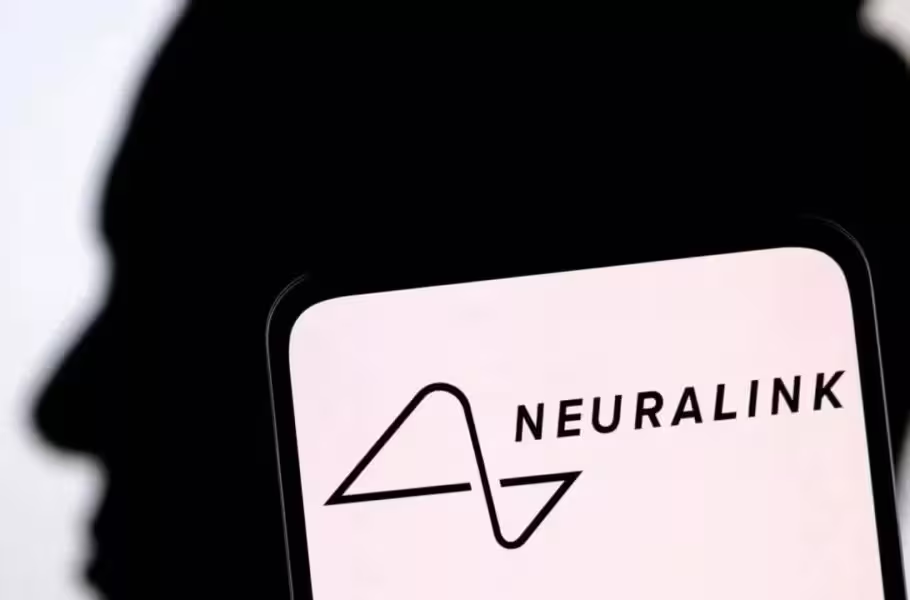3 Minutes
Elon Musk’s brain-computer interface company, Neuralink, has achieved a remarkable feat in their quest to restore sight to the visually impaired. In a recent experiment, researchers enabled a monkey fitted with Neuralink’s Blindsight brain implant to perceive images that didn't exist in the real world. The findings, shared for the first time following a Bloomberg report, demonstrate how the chip stimulates the brain’s visual cortex, opening up new possibilities in the field of neurotechnology.
How the Blindsight Brain Implant Works
Neuralink’s Blindsight implant directly stimulates the regions of the brain responsible for processing visual information. According to Joseph O’Doherty, a Neuralink engineer, the device prompted the monkey to focus its attention on locations where no real object was present, while researchers generated artificial images in the animal’s brain. This technology effectively simulates the eye’s function, potentially addressing currently untreatable vision loss conditions.
First Public Results and Technological Innovations
This marks Neuralink’s first public disclosure of results from the Blindsight device. The chip, leveraging advanced brain-machine interface technology, represents a significant leap forward for medical devices targeting neurological disorders and sensory impairments. As with all animal studies, however, questions remain about how well these results will translate to human patients. The device has yet to receive regulatory approval for human use in the United States.

Future Prospects and Market Relevance for Neuralink
Elon Musk has previously stated that Blindsight’s short-term objective is to restore basic vision to those who are blind. However, the company’s long-term vision is even more ambitious: to unlock ‘superhuman’ sight capabilities, such as the ability to perceive infrared light. Over the past few years, Neuralink has tested this groundbreaking technology on monkeys, with Musk expressing hope to initiate human clinical trials within this year.
Advanced Features and Application Scenarios
Looking ahead, Neuralink plans to enhance Blindsight by integrating it with special glasses, further improving performance. Additionally, the company is developing brain implants aimed at enabling paralyzed individuals to communicate directly with computers, advancing the field of brain-computer interfaces and digital accessibility.
Advantages of Animal Models in Neurotechnology Development
Testing on monkeys offers distinct advantages due to the easier access to their visual cortices, which are located closer to the brain’s surface compared to humans. Nevertheless, O’Doherty highlights Neuralink’s capacity to leverage its surgical robots to implant devices deeper into the human brain, should the technology progress to wide-scale clinical deployment.
As a pioneer among several emerging neurotechnology companies, Neuralink’s Blindsight implant could reshape assistive technology markets and provide hope for millions affected by blindness and paralysis. The road ahead, including regulatory approval and clinical validation, will be closely watched by both the tech and medical communities.
Source: bloomberg


Leave a Comment